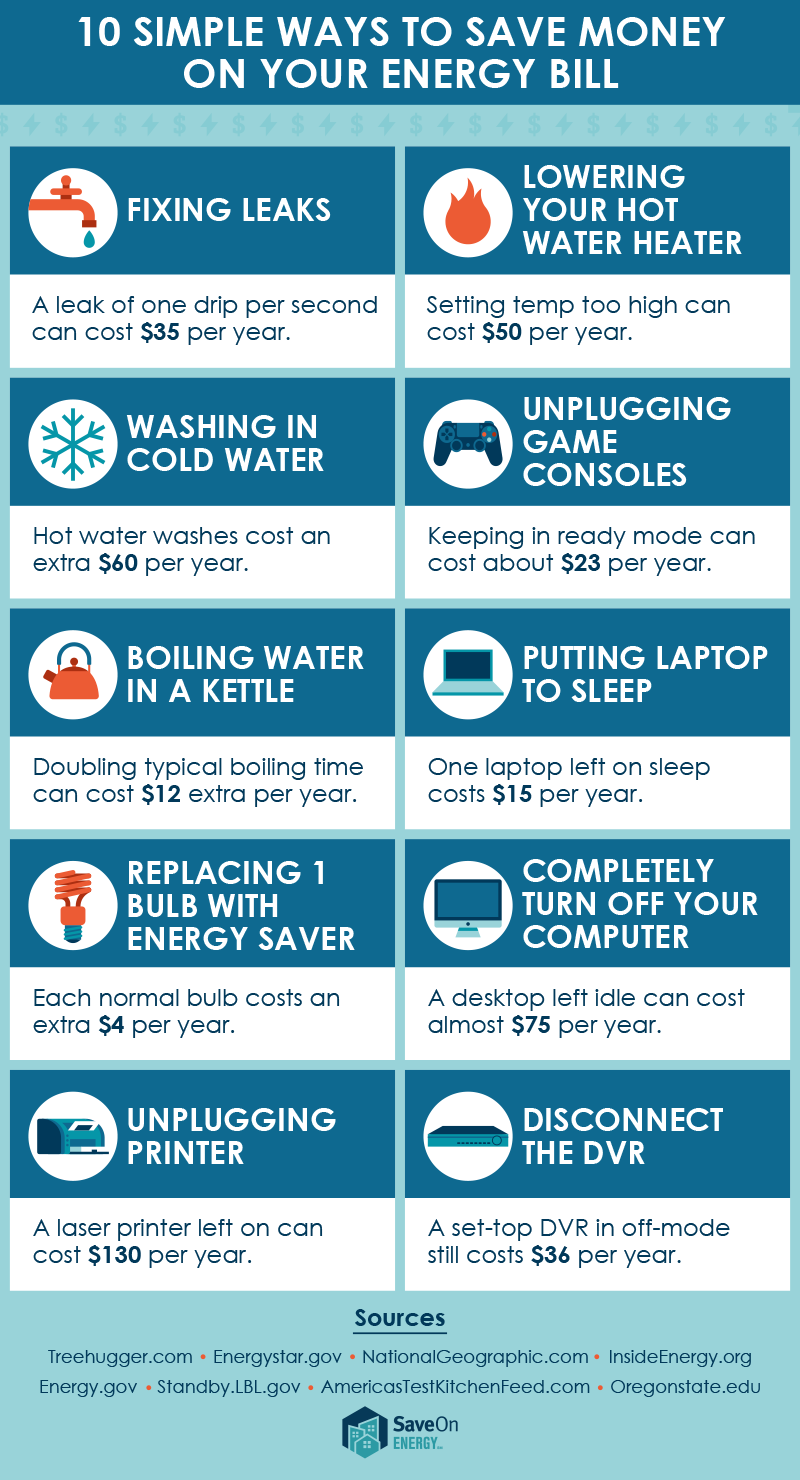Senate appropriators advance $38.4 billion energy spending bill

The Energy and Water Development Appropriations Act was approved to support investments with infrastructure, research, and security. The $38.4 billion budget for the bill is above the President’s request and delegates the bulk of spending towards the Energy Department. Some disagreement on details include amendments to boost spending on solar and wind energy. Programs that encourage the U.S.’s energy independence are prioritized within an amendment that supports nuclear. Sen. Graham believes without supporting nuclear, the U.S. will not become the low carbon, green economy we want to be. When the bill comes up for a final vote on the floor, we expect to see a push to boost renewable energy.
Realgy Energy Services is a registered Retail Energy Marketer in the states of Illinois, Michigan and Indiana. We offer Service Plans that will provide electric and natural gas at wholesale pricing direct to customers without any utility markup. Our Service Plans work with the local utility to provide seamless service and annual energy savings. Service Plans include Guaranteed SavingsTM, ManagedPriceTM, ManagedGreenTM Index, Fixed and PriceAssuranceTM.
Additional Information:
DOE EIA Weekly Gas Storage Report
EIA reported new data as of 7/14/2017.
Working gas in storage was 2,973 Bcf as of Friday, July 14, 2017, according to EIA estimates.
This represents a net increase of 28 Bcf from the previous week. Stocks were 299 Bcf less than last year at this time and 141 Bcf above the five-year average of 2,832 Bcf. At 2,973 Bcf, total working gas is within the five-year historical range.
Buying power from an indie? You may be paying too much.
Customer Choice is usually introduced as unleashing market forces to bring about savings compared to the monopoly utility. And it does. Then Energy Marketers conform to the “landscape” the regulators and politicians create. The latest case in point is Illinois. IL trumpeted savings provided by Energy Marketers in 2013 at $37 BILLION.
Then the Energy Marketers who bring market pricing direct to consumers had an increase due to the following changes:
- Regulatory demands- oversight and compliance
- Taxes and fees- IL charges Energy marketers for the agency that buys power for the utilities (yes, you read that right)
- Utilities cost for supplying power decreased to nearly below market pricing at times (see comment 2)
- Municipalities were allowed to offer their residents energy; typically low for the first year which then increased. Of course, the municipalities wanted the Energy Marketers to pay them so the resident’s cost increased.
Consider how the above market changes caused $37 BILLION in 2013 to change…
These changes produce: less innovation, lower utility costs, and higher market costs. The current environment in IL is that the regulatory and political consideration seems to be driving out Energy Marketers to facilitate the return of the monopoly utility.
Realgy still provides savings compared to Illinois utilities.
Realgy Energy Services is a registered Retail Energy Marketer in the states of Illinois, Michigan and Indiana. We offer Service Plans that will provide electric and natural gas at wholesale pricing direct to customers without any utility markup. Our Service Plans work with the local utility to provide seamless service and annual energy savings. Service Plans include Guaranteed SavingsTM, ManagedPriceTM, ManagedGreenTM Index, Fixed and PriceAssuranceTM.
Additional Information:
DOE EIA Weekly Gas Storage Report
Working gas in storage was 2,945 Bcf as of Friday, July 7, 2017, according to EIA estimates.
Stocks were 289 Bcf less than last year at this time and 172 Bcf above the five-year average of 2,773 Bcf. At 2,945 Bcf, total working gas is within the five-year historical range.
Fast ways to cut your home energy bills

Now that we’ve gotten some of the warmer days this year under our belt, you may have experienced some utility bill increases. Due to the heat, more electricity is being used. Luckily, Realgy helps save you money on your supply. If you’re looking to keep your bill even lower, you might want to follow some of these energy saving tips.
Realgy Energy Services is a registered Retail Energy Marketer in the states of Illinois, Michigan and Indiana. We offer Service Plans that will provide electric and natural gas at wholesale pricing direct to customers without any utility markup. Our Service Plans work with the local utility to provide seamless service and annual energy savings. Service Plans include Guaranteed SavingsTM, ManagedPriceTM, ManagedGreenTM Index, Fixed and PriceAssuranceTM.
Additional Information:
http://www.cnbc.com/2017/07/12/fast-ways-to-cut-your-home-energy-bills.html
As Kansas utility pursues surcharge on solar customers, advocates want more data

The Kansas Corporation Commission has been looking at the rate design for distributed-generation customers. They are considering a demand fee to be added onto customer bills by the utility company. Various utilities nationwide state that solar customers reduce the power they purchase and no longer pay their total share of costs. Studies funded by utilities have shown this outcome. However, independent studies conclude that these customers pay for more than their expenses. Advocates believe more data is necessary to come to an agreement about what expenses are being covered and how to handle those that are not.
Realgy Energy Services is a registered Retail Energy Marketer in the states of Illinois, Michigan and Indiana. We offer Service Plans that will provide electric and natural gas at wholesale pricing direct to customers without any utility markup. Our Service Plans work with the local utility to provide seamless service and annual energy savings. Service Plans include Guaranteed SavingsTM, ManagedPriceTM, ManagedGreenTM Index, Fixed and PriceAssuranceTM.
Additional Information:




